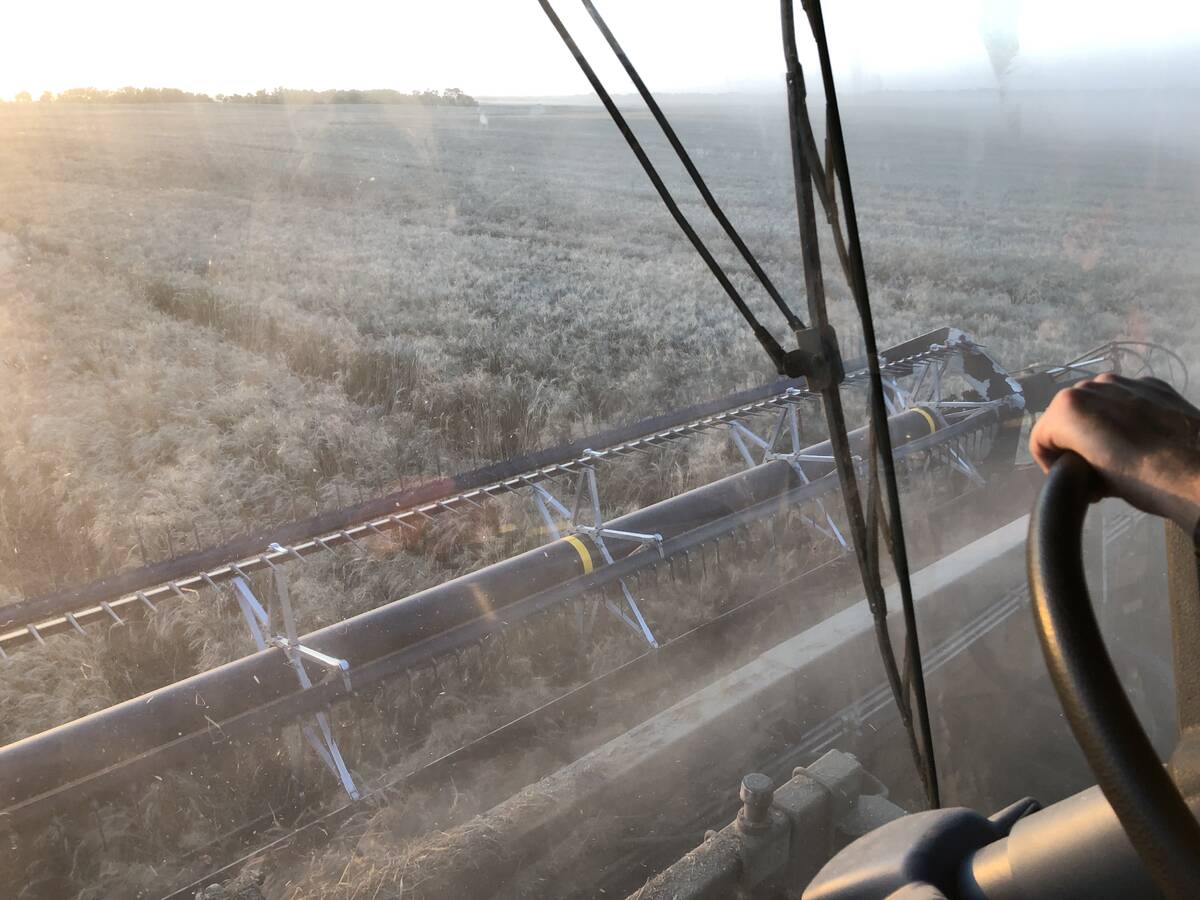The economic pressures leading to larger, more intensive and more productive farms are causing environmental problems, a government report has concluded.
Sharp increases in prairie agricultural output are releasing more air pollution and raising the threat of water contamination from nitrogen runoff. Water contamination risks are worsening in Ontario while Prince Edward Island’s intensive potato farms are creating soil erosion.
“Several environmental risks have increased and environmental conditions have sometimes worsened,” said the Agriculture Canada report, released this spring. “The main factor responsible has been an intensification of agriculture across much of the country resulting from structural changes in farming and increased market demand for some products.”
Read Also

Mail strike disrupts grain sample delivery
The Canadian Grain Commission has asked farmers to consider delivering harvest samples directly to CGC offices, services centres or approved drop offs as Canada Post strike delays mail.
In an era of public concern about safe drinking water, the report noted that too little work has been done on prairie conditions to draw conclusions. But in Ontario and coastal agricultural areas of British Columbia where operations are intensive, there is a growing risk of farm-related water pollution.
There also are some success stories since 1981.
A reduction in summerfallow has cut soil salinity in Alberta and Saskatchewan, although in Manitoba, the trend is the other way.
The risk of wind erosion on prairie farmland has also decreased.
“Between 1981 and 1996, the share of cultivated land at high to severe risk of wind erosion dropped from 15 percent (five million hectares) to six percent (two million hectares) because of changes in management practices,” said the report.
“Implementation of reduced tillage technologies coupled with a decline in the use of summerfallow in the Prairies resulted in an overall decline of 30 percent in the risk of wind erosion during this period (1981-1996).”
Keeping track
The report is part of an ongoing Agriculture Canada effort to set benchmarks to measure the environmental impacts of agriculture. They range from wildlife habitat and greenhouse gas emissions to soil or water degradation, soil compacting, energy use and the presence of soil organic carbon.
The co-chairs of the advisory committee to the environmental indicator project – David Lobb, Marie Boehm and Jim Farrell – said it is important that the government continue to track environmental conditions.
“The findings of this report confirm that the agricultural industry’s efforts to address environmental challenges have yielded many positive results and also that much remains to be done,” they said.
















